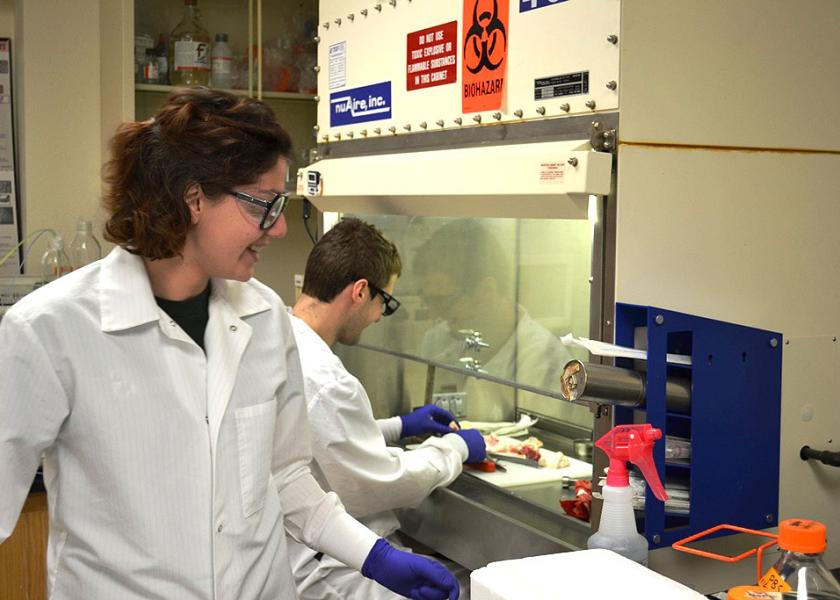340 Stakeholders Plead for Ag Research Infrastructure Funding in the Farm Bill

The Congressional Budget Office (CBO), in its 2023 farm bill primer, estimates baseline spending for ag research will take up $1.3 billion of the total $709 billion farm bill dollars.
House and Senate ag committees received a letter on Monday from 340 ag groups and the Association of Public and Land-grant Universities (APLU), urging legislators to take farm bill spending a step further by prioritizing ag research infrastructure.
“The United States has long been recognized as having the world’s most innovative and productive ag sector, but a massive deferred maintenance backlog and crumbling research infrastructure threatens our ability to innovate and lead at a time of heightened global competition,” said Mark Becker, APLU president.
A 2021 report from Gordian sheds light on the cracks in America’s ag research infrastructure.
Gordian found that 70% of U.S. colleges and schools of ag buildings are at the end of their useful life. To address the long-overdue building maintenance, Gordian estimates a $11.5 billion investment. It also put a price tag of $38.1 billion on buildings that need complete replacement, pushing the total over $50 billion.
In the letter to the ag committees, the authors say a $5 billion investment in ag research infrastructure would be a “significant” step in the right direction.
“With this once-in-a-generation investment in research facilities at colleges of agriculture, we can spur new economic opportunities and innovations for farmers, ranchers, and producers in every state,” the authors said.
But some state legislators aren't waiting on the Biden administration's assistance; instead, they're taking the reins on ag infrastructure investments in their own states.
Latest Ag Investments by State
Kim Reynolds, Iowa governor, announced a $40 million investment to Iowa State University’s Veterinary Diagnostic Lab (VDL) in January to “protect” the state and country’s ag industry and food supply.
“The Veterinary Diagnostic Laboratory is enormously important to Iowa’s nation-leading livestock industry and provides immeasurable expertise on worldwide animal health and food safety issues,” said Mike Naig, Iowa secretary of ag.
Reynolds also hopes to allocate another $60 million to the project through the Rebuild Iowa Infrastructure Fund (RIIF).
Similarly, the Kansas Legislature announced a three-to-one program for private and state funding. Kansas State jumped on the opportunity, raising $75 million in private donations for a $125 million ag infrastructure investment.
“This infrastructure project will provide both new and improved teaching spaces for more than half of all the students taking courses in the College of Agriculture and will eliminate approximately $56 million in deferred facilities maintenance,” said Ernie Minton, Kansas State college of ag director of research and extension.
According to the press release, the buildings will position K-State to attract students and faculty focused on expanding next-generation research.







